In the News
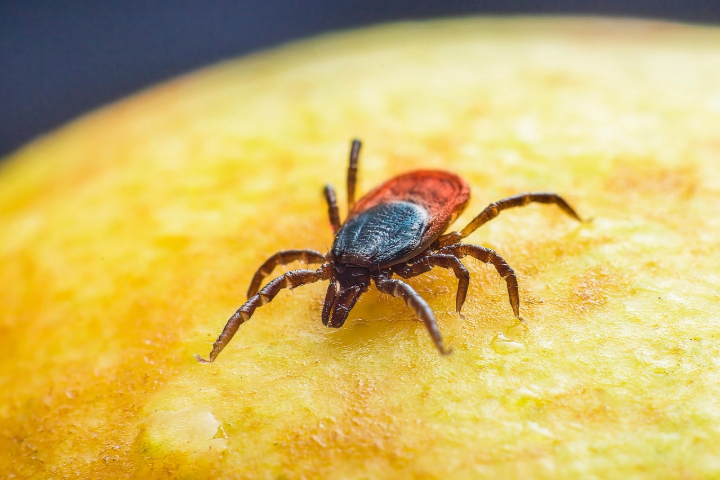
June 17, 2025
Cornell researcher Dr. Laura Goodman’s groundbreaking prototype for early detection of tick-borne disease could transform diagnostics, but a sudden funding freeze has put the research on hold.

June 12, 2025
A new study, led by Cornell's Dr. Sebastian Heilpern, highlights the value of biodiversity for sustainability and nutrition.
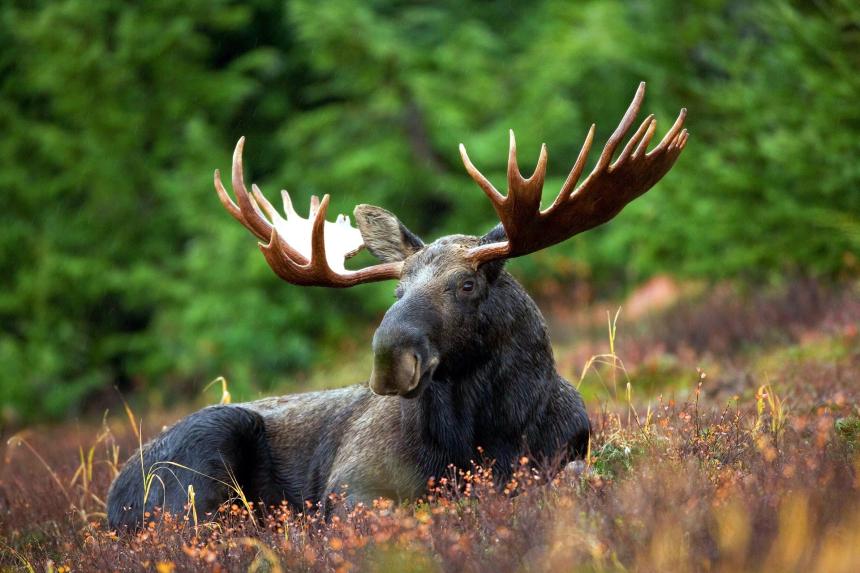
Announcement
June 11, 2025
We are pleased to announce that our 2025-2026 call for Cornell K. Lisa Yang Postdoctoral Fellowships in Wildlife Health is now out! Applications due October 6, 2025.
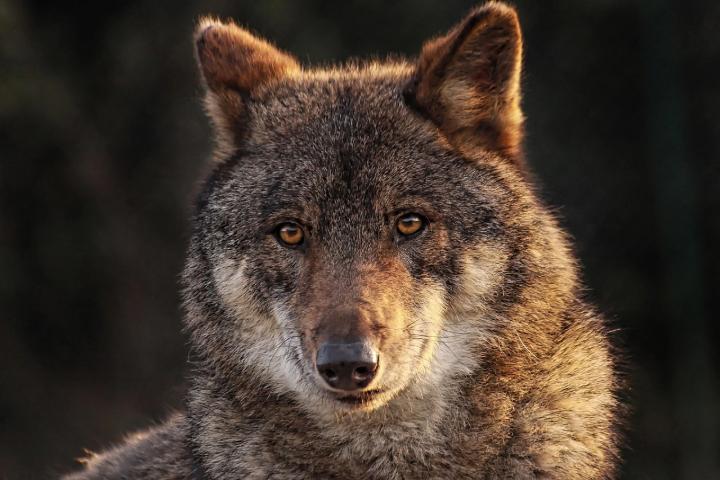
June 10, 2025
The U.S. Fish and Wildlife Service and the National Marine Fisheries Service aim to narrow the definition of “harm” under the Endangered Species Act, potentially allowing habitat destruction that puts wildlife at risk.

June 06, 2025
For Myanmar refugees in upstate New York, fishing is more than a pastime—it's a vital link to culture, community, and well-being, as explored in a new study by Cornell's Kathryn Fiorella and colleagues.
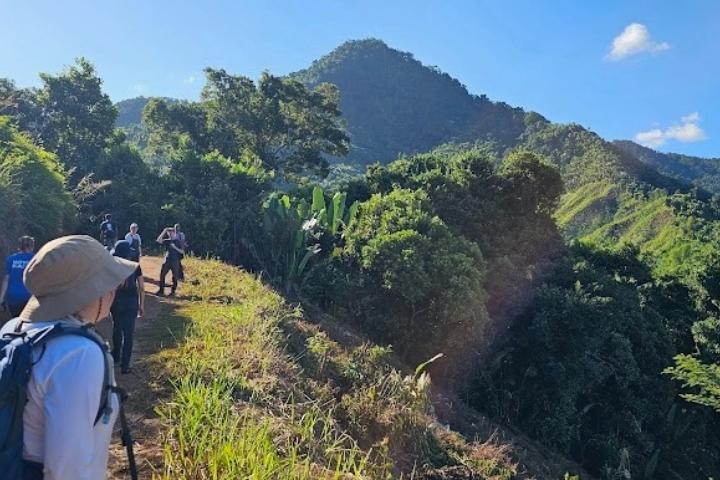
June 05, 2025
As a young child, an eager zoo camper, and later a teen volunteer at the Maryland Zoo in my hometown of Baltimore, I was always drawn to the lemurs in the zoo’s collection...
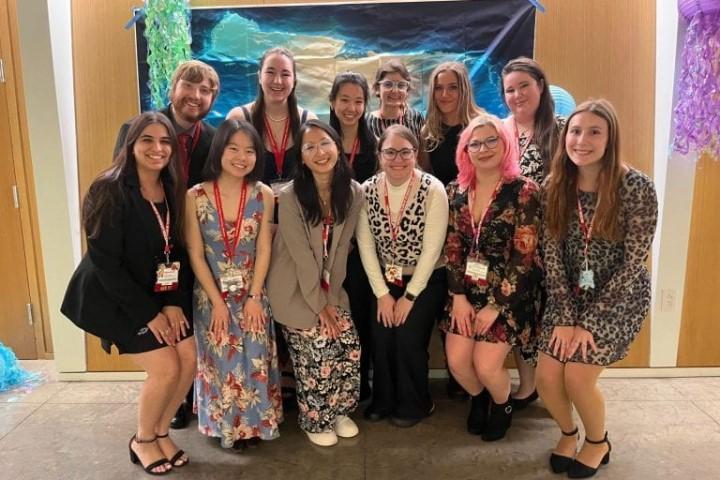
June 04, 2025
The Special Species Symposium, hosted by the Cornell Zoo and Wildlife Society, united passionate individuals to dive into the world of zoo, wildlife, exotic, and conservation medicine.
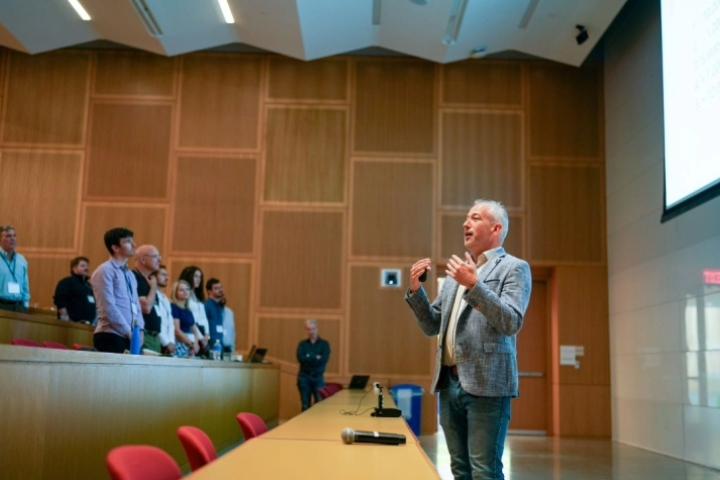
June 02, 2025
The Cornell College of Veterinary Medicine hosted its second Symposium on Artificial Intelligence in Veterinary Medicine on May 16-18, with the theme “Innovation, Inclusion, and Impact.”
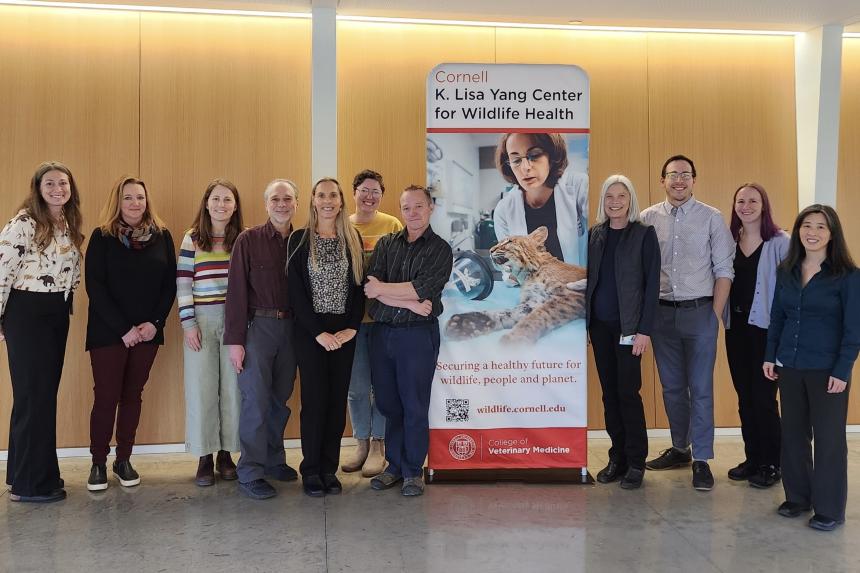
May 29, 2025
On March 28, 2025, the Cornell K. Lisa Yang Center for Wildlife Health launched its inaugural Cornell K. Lisa Yang Distinguished Speaker Series, highlighting the center’s commitment to advancing One Health.
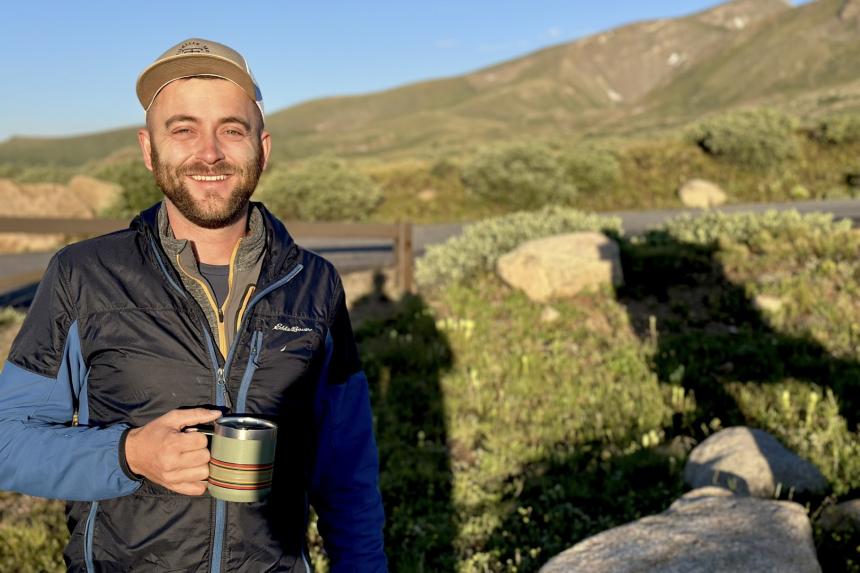
News
May 28, 2025
J. Hunter Reed, MPH, DVM ‘20, entered veterinary school at Cornell University with the goal of becoming a veterinarian for dairy cows. While he focused his clinical training in production animal medicine, his experiences led to a strong interest in population health on a larger scale....
